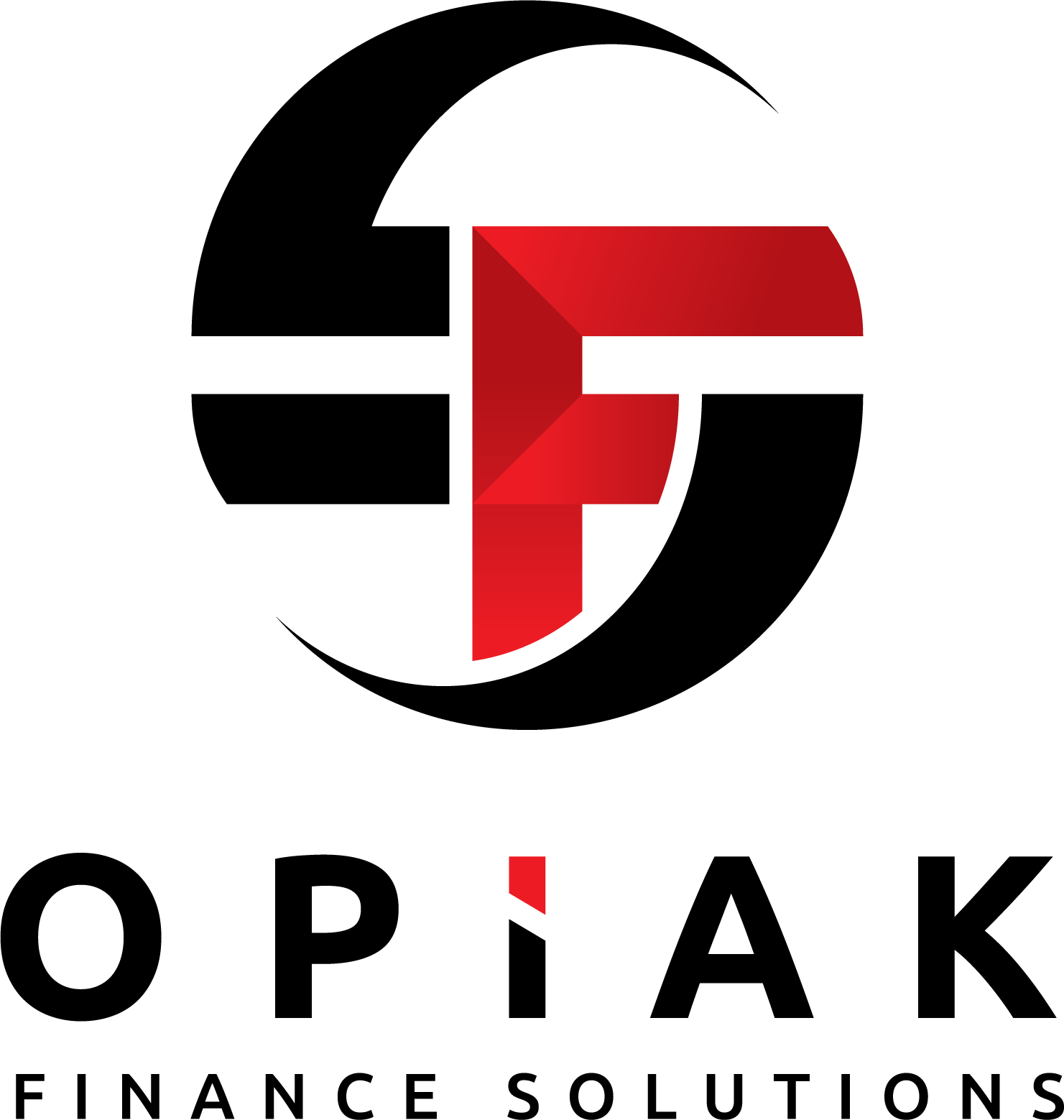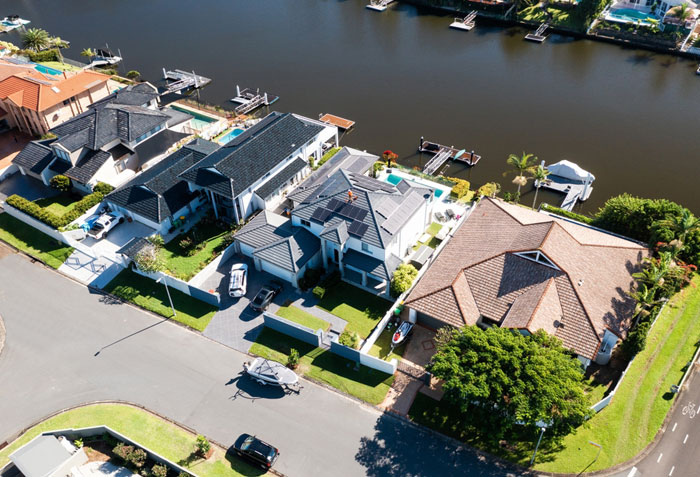The Gold Coast property market continues to attract investors from across Australia.
With its beautiful beaches, growing population, and strong tourism industry, it’s no wonder many see it as a prime location for building wealth through property.
But when it comes to investing in Gold Coast property, you have options.
Two popular approaches are traditional investment properties and purchasing through a Self-Managed Super Fund (SMSF).
Each has its advantages and considerations, and the right choice depends on your financial situation, goals, and investment timeline.
Traditional Investment Properties
Buying an investment property directly in your name (or through a family trust or company) is the approach most investors are familiar with.
The Benefits
- Greater borrowing power: Lenders typically allow you to borrow up to 80-90% of the property value for a traditional investment property. This means you can enter the market with a smaller deposit compared to SMSF property investments.
- Flexibility in property selection: With traditional investment properties, you have more freedom to choose any type of property. From apartments in Surfers Paradise to family homes in Robina or commercial spaces in Southport, your options are extensive.
- Access to negative gearing: The Australian tax system allows you to offset investment property losses against your personal income, potentially reducing your tax bill. This can be particularly beneficial for high-income earners.
- Easier access to equity: As your property grows in value, you can access the equity to fund renovations, purchase additional investments, or for personal use.
- Simpler loan structures: Traditional investment loans are generally easier to understand and have fewer restrictions than SMSF loans.
The Considerations
- Tax on rental income: Rental income is taxed at your marginal tax rate, which could be high if you’re a high-income earner.
- Capital gains tax: When you sell, you’ll pay capital gains tax on any profit, though this is reduced by 50% if you hold the property for more than 12 months.
- Direct impact on personal finances: Any cashflow shortfalls directly affect your personal finances, requiring you to cover them from your income.
SMSF Property Investment: The Strategic Alternative
Using your Self-Managed Super Fund to invest in property is a more complex but potentially rewarding strategy that has gained popularity in recent years.
The Benefits
- Tax-effective environment: Within an SMSF, rental income is taxed at just 15%, which is likely lower than your personal tax rate. If you’re in the pension phase, this could drop to 0%.
- Reduced capital gains tax: If you sell the property while in accumulation phase, capital gains are taxed at just 10% (after the 12-month discount). In pension phase, this could be 0%.
- Asset protection: Properties held within your SMSF are generally protected from creditors if you face business or personal financial difficulties.
- Potential for wealth accumulation: The favourable tax environment can help accelerate wealth growth within your super, setting you up for a more comfortable retirement.
- Diversification of retirement savings: Property investment through an SMSF allows you to diversify your retirement portfolio beyond traditional super investments like shares and cash.
The Considerations
- Stricter borrowing conditions: SMSF loans typically require larger deposits (often 30-40%), have higher interest rates, and shorter loan terms compared to traditional investment loans.
- Limited property types: The property must meet the ‘sole purpose test’, meaning it must be solely for the benefit of fund members’ retirement. This generally rules out purchasing property you or related parties intend to live in.
- Complex structure requirements: SMSF property loans require a specific structure called a Limited Recourse Borrowing Arrangement (LRBA), which adds complexity and costs.
- Higher setup and ongoing costs: Managing an SMSF involves accounting, audit, and potentially legal costs, which can add up to several thousand dollars per year.
- Compliance responsibilities: SMSFs come with significant compliance responsibilities, and breaches can result in severe penalties.
Making Your Decision (Factors to Consider)
When deciding between traditional investment property and SMSF property on the Gold Coast, consider these key factors:
Your Current Age and Retirement Timeline
If you’re closer to retirement, an SMSF property might make more sense as you’ll soon be able to access the benefits of the pension phase tax environment. Younger investors might prefer the flexibility of traditional investment properties.
Your Income Level
Higher income earners may benefit more from the tax advantages of SMSF property investment, particularly the lower tax rate on rental income. However, they might also value the negative gearing benefits of traditional property investment.
Your Superannuation Balance
You’ll need a significant super balance (typically at least $200,000) to make an SMSF property investment feasible, considering deposit requirements and the need for diversification within your fund.
Your Risk Tolerance
Traditional property investment gives you more control and flexibility but exposes you to more personal financial risk. SMSF property investment offers some protection but comes with strict compliance requirements.
Your Investment Goals
Are you looking to build wealth for retirement specifically, or do you want more flexibility to use your investment returns earlier? Your answer may point you toward either SMSF or traditional investment.
The Gold Coast Factor
The Gold Coast property market has its own unique characteristics that can influence your decision:
Tourism impact: Many Gold Coast properties, particularly in areas like Surfers Paradise, attract holiday rentals. This can offer higher yields but may not provide the consistent income needed for SMSF loan repayments.
Growth areas: Emerging suburbs like Pimpama, Coomera, and Ormeau offer strong growth potential for traditional investors looking to build equity, while established areas might provide the steady returns ideal for SMSF investors.
Property prices: With median house prices varying significantly across the Gold Coast, your budget and borrowing capacity will influence which areas you can invest in under either strategy.
Getting Started with Either Approach
Whichever path you choose, here are the essential first steps:
For Traditional Investment Property:
- Assess your borrowing capacity with a finance specialist
- Research growth areas on the Gold Coast
- Consider property management options
- Speak with a tax accountant about optimal ownership structures
- Develop a clear understanding of ongoing costs
For SMSF Property Investment:
- Consult with a financial advisor experienced in SMSF properties
- Ensure your super balance is sufficient
- Set up the correct SMSF structure (if you don’t already have one)
- Arrange a Limited Recourse Borrowing Arrangement
- Identify suitable properties that comply with superannuation regulations
The Bottom Line
Both traditional and SMSF property investment strategies can be effective ways to build wealth through Gold Coast real estate. The right choice depends on your personal circumstances, financial goals, and investment timeline.
For many investors, a combined approach works well – holding some properties in personal names and others within an SMSF, thereby gaining the benefits of both strategies while spreading risk.
Before making any decision, we strongly recommend consulting with financial, tax, and legal professionals who specialise in property investment. The right advice can make all the difference to your investment success.
Ready to explore your Gold Coast property investment options?
Give us a call on 0466 626 485 to discuss how we can help you determine the best strategy for your situation.







